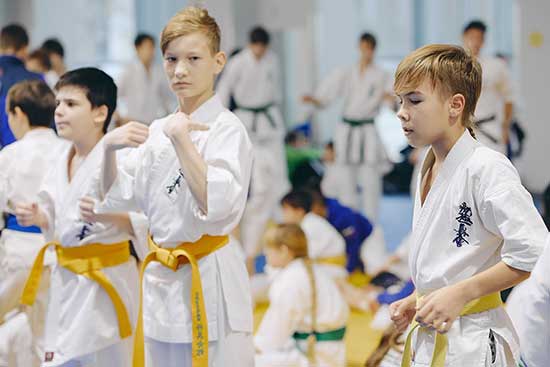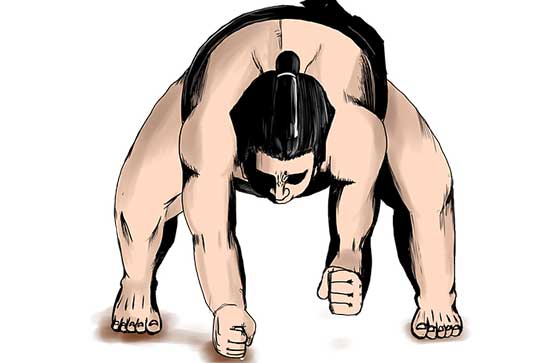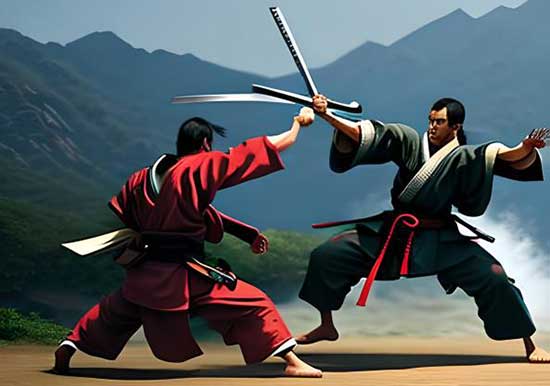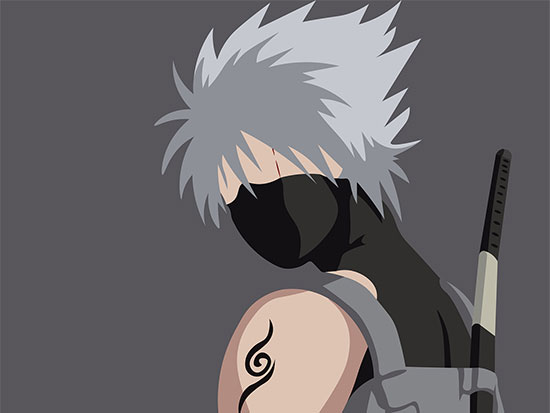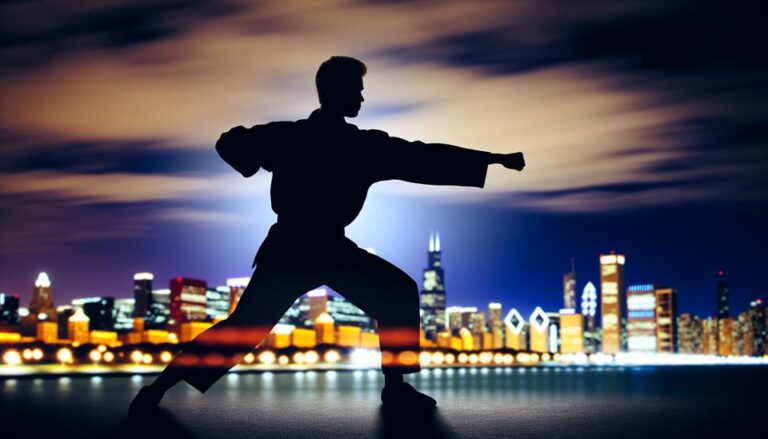A martial art becomes useless if it does not endorse the physical application and spiritual enhancement.
Tai chi (or Taijiquan) is an ancient Chinese exercise that focuses on mind, body, and breathing coordination.
It entails slow and fluid movements performed in a low-impact manner with deep breathing. The movements are gentle enough for older adults to perform safely.
A Tai Chi instructor might instruct students at a slower pace to suit the student’s needs, but generally, the exercise is done at a slow pace.
Tai Chi incorporates fluid moves and stretches that are said to have the added benefits of improving balance and reducing falls among older adults.
So, Is Tai Chi Useless?
Tai chi has been practiced for many years in China as a martial art. However, as the years went on, it transformed into a custom of exercise and meditation that does not require physical aggression.
The slow pace and fluid motion of Tai Chi benefit those interested in mind and body wellness. Also, it is a great way to increase cardiovascular endurance and mental alertness.
Tai chi is not useless because it improves balance, weight control, stress reduction, bone strength building, and muscle coordination. However, its efficacy in real fights has aroused much doubt, leading many to deem it useless.
A few historical fights in the past validate that Tai Chi does not have the same efficacy when applied in a fight.
One of the greatest attributes of Tai Chi is its effectiveness in meditation. Its smooth and slow movements provide an effective way to channel one’s mind, and its harmonious movements provide relaxation and stress reduction.
Additionally, Tai Chi can be used to combine mental focus with physical movement. As such, masters of Tai Chi who apply it in real fights can attest to its effectiveness.
Contents
Principles of Tai Chi
Tai Chi is based on three fundamental concepts;
Movement Control:
Tai Chi encourages slow and fluid movements to coordinate the mind, body, and breathing. The subtle body movement cultivates serenity, and the continual flow of movements helps to harness internal energy.
Body Structure
Tai Chi emphasizes the structural alignment of the body. It encourages a healthy posture “straight” and stresses that spinal rotation and drooping shoulders should be avoided.
Achieving this straight position is to maintain a perfect balance between tension and relaxation.
Internal Energy
Tai Chi focuses on harnessing energy from within the body, achieved through mental quieting. This makes you more alert of the present, and you can consciously stretch your joints from within to attain effective flexibility.
Types of Tai Chi
Tai chi is an integrated system of health and movement exercises. There are five different types of Tai Chi, from which modern schools of the style try to borrow from. These include
- Chen- It is the oldest form of Tai chi, with its roots in Northern China. It is characterized by silk reeling with alternate bouts of slow and fast movement and exudes explosive power.
- Yang- It is the most popular and widely practiced form of Tai Chi. It features slow, graceful movements that emphasize balance.
- Wu- It is a Wu- family Tai chi style and the second most popular. It entails forward and back-leaning movements.
- Sun- It is more of a dance work form of Tai chi, incorporating a great deal of footwork.
- Hao- It is a tai chi move that banks greatly on Qi. It is more advanced and rarely practiced today.
Benefits of Tai Chi
Tai Chi is an easy way to cultivate your mind and body, as well as learn some simple yet effective methods of relaxation and balance.
It can be practiced as a form of exercise to help improve physical condition. It increases blood flow and supplies oxygen to the body.
It also helps improve breathing, flexibility, and balance. Tai chi has been shown to reduce stress levels and increase various forms of resistance. Below are some of the benefits of Tai chi.
Helps Prevent Falls
Tai Chi helps improve balance and coordination. It increases neuro-muscular control (ability to move) in the body. With this control, Tai Chi practitioners can maintain proper balance to prevent falls.
Improves your Mood
Tai Chi exercises can help you learn how to relax and loosen your body. It can help you deal with stress, anxiety, and depression through its various movements.
Promotes bone health and prevents arthritis
Tai Chi helps reduce pain and joint problems that are caused by arthritis. It works by releasing tension in joints, improving the functioning of muscles and joints.
It also helps improve bone health and strength, which helps to reduce the risk of fractures in the future.
Conclusion
So, is Tai Chi as useless as many deem it? Not at all. Tai chi has helped many people in channeling their minds and bodies to achieve a better mindset.
It is a great way to move your body and helps you deal with stress and anxiety. Despite the doubts about its efficacy in real fights, Tai Chi remains a powerful form of exercise that is worth incorporating into one’s wellness regimen and a powerful arsenal in the world of martial arts.

